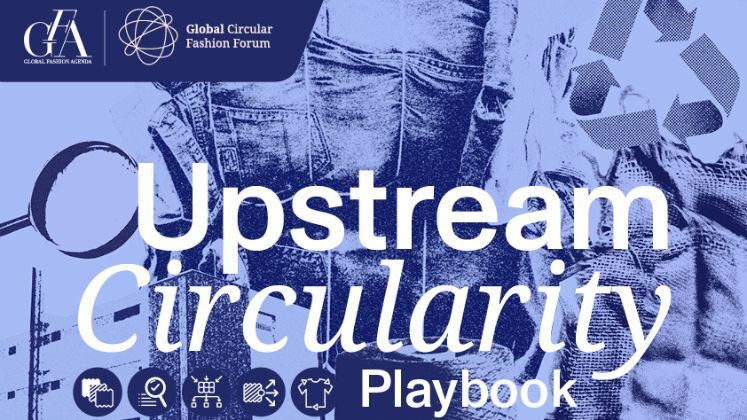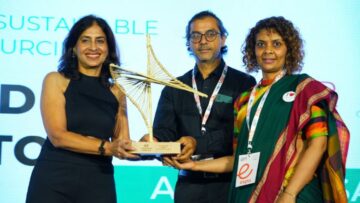
The H&M Foundation, Deutsche Gesellschaft für Internationale Zusammenarbeit, and the Global Fashion Agenda (GFA) have launched a new tool to promote textile recycling in manufacturing nations.
The Upstream Circularity Playbook is a useful guide that offers real-world examples to promote and broaden circular practices in the apparel manufacturing industry.
This resource, which is available in six different languages, attempts to encourage corporate and governmental organisations to embrace and support business models that add value to post-industrial waste, or materials that are wasted after manufacturing processes like spinning, milling, and clothing making.
The fashion supply chain’s upstream procedures are highlighted in the Upstream Circularity Playbook, with a focus on enhancing post-industrial waste sorting, separation, and recycling. The playbook lays out a sensible plan for building infrastructure that might improve circularity in the countries that produce textiles.
The playbook includes facilitating:
Textile waste segregation at manufacturing facilities
Digital tracking of textile waste
Gathering, combining, and classifying textile waste
Matching suitable end applications with textile waste
Designing with repurposed materials
In order to give scalable instances of circular projects in various foreign contexts, it makes use of in-depth case studies from nations including Bangladesh, Cambodia, Indonesia, and Vietnam.
The playbook includes 21 case studies that showcase innovative businesses and organisations that are actively implementing, testing, and growing upstream circularity techniques in their manufacturing facilities around the world. These organisations frequently cooperate with other supply chain participants.
As per the GFA’s Scaling Circularity Report, maximising the use of existing recycling technology could result in an 80 per cent improvement in circularity within the textile recycling sector. The fashion industry’s dependency on fresh raw materials may be greatly reduced by this move towards upstream circularity, which could also provide post-industrial trash more value.






